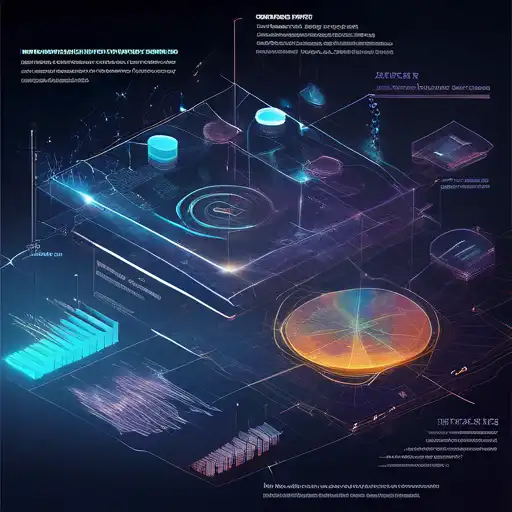Introduction to Data Visualization
In the era of big data, the ability to visualize complex datasets in an understandable and actionable manner is more crucial than ever. Data visualization techniques empower businesses and individuals to uncover hidden patterns, trends, and insights that drive strategic decisions. This article explores advanced data visualization techniques that can transform raw data into meaningful stories.
Why Data Visualization Matters
Data visualization is not just about creating pretty charts; it's about making data accessible and comprehensible. By leveraging visual elements like charts, graphs, and maps, data visualization tools help in simplifying complex data sets, enabling stakeholders to grasp difficult concepts or identify new patterns.
Key Data Visualization Techniques
1. Interactive Dashboards
Interactive dashboards allow users to drill down into the specifics of the data that interest them. Tools like Tableau and Power BI enable the creation of dynamic dashboards that can be customized to display relevant metrics and KPIs.
2. Heat Maps
Heat maps are excellent for visualizing complex data sets like user behavior on websites or performance metrics across different regions. They use color coding to represent data values, making it easy to spot trends and outliers.
3. Scatter Plots
Scatter plots are powerful for identifying correlations between two variables. They can reveal patterns, trends, and relationships that might not be apparent from raw data alone.
4. Time Series Analysis
Visualizing data over time can uncover trends and seasonal patterns. Line charts and area charts are commonly used for time series analysis, providing insights into how metrics evolve.
Best Practices for Effective Data Visualization
To maximize the impact of your data visualizations, consider the following best practices:
- Know Your Audience: Tailor your visualizations to the knowledge level and interests of your audience.
- Choose the Right Chart: Not all data is best represented by the same type of chart. Select the visualization that best conveys your message.
- Keep It Simple: Avoid clutter and focus on clarity. Overcomplicating your visuals can obscure the insights you're trying to highlight.
- Use Color Wisely: Colors can enhance understanding but use them sparingly to avoid confusion.
Conclusion
Data visualization is a powerful tool for transforming complex data sets into clear, actionable insights. By mastering advanced techniques and adhering to best practices, you can unlock the full potential of your data. Whether you're a business analyst, data scientist, or marketer, effective data visualization can elevate your decision-making process and drive success.
For more insights into data analysis and visualization, explore our Business Intelligence section.
